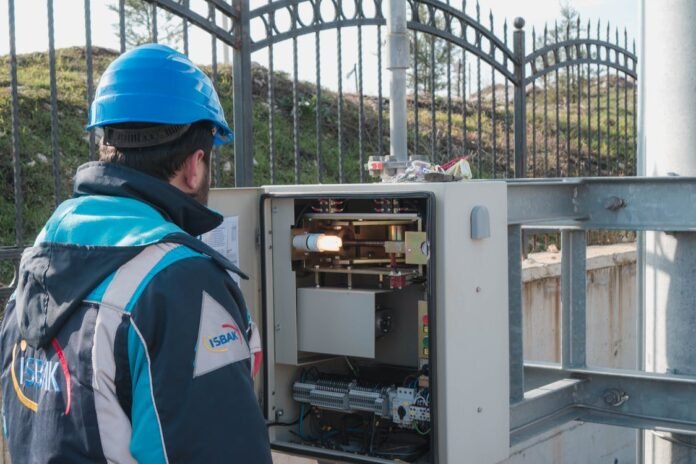Even if you aren’t an electrician, you’ve probably heard the term “fuse box” before. But do you know what it is and why it trip? Here’s a quick explanation. A fuse box is essentially a panel with several fuses in it. These fuses are used to protect your home’s wiring from excessive current draw. If something goes wrong and too much current flows through the wires, the fuse will blow and stop the flow of power. This protects the wiring and prevents a fire or other electrical hazard. Fuse boxes can trip for any number of reasons, but some of the most common are overloading circuits, electrical storms, or faulty wiring Always use Electrical light fixture installation if you want to avoid the electrician problems.
1. What is a fuse box and what does it do
A fuse box is a device that is used to protect electrical circuits from overload. It does this by interrupting the flow of electricity when the current gets too high. Fuse boxes are usually located near electrical panels or main breaker panels. They may also be found in older homes near outlets or light fixtures. Fuse boxes typically have a cover that needs to be removed in order to access the fuses. Each fuse is attached to a metal strip called a conductor. The amount of current that can flow through a conductor is determined by its cross-sectional area. When the current flowing through a conductor exceeds its rated value, the conductor will heat up and melt, interrupting the flow of electricity. Fuse boxes are designed to protect circuits from damage due to excessive current, but they will not prevent damage from other hazards, such as voltage surges or lightning strikes.
2. How to tell if your fuse box is tripping
If your fuse box trips regularly, it’s definitely time to get it checked out. But how can you tell if it’s the fuse box that’s the problem, or something else? First, try resetting the breaker or flipping the switch back to the “on” position. If that doesn’t work, then you can check to see if there’s any voltage going to the fuse box. To do this, use a voltmeter to test each of the fuses in the box. If one of the fuses is blown, then that’s likely the cause of your problem. Once you’ve determined that the fuse box is the issue, you’ll need to have it replaced by a qualified electrician. In the meantime, be sure to keep an eye on any electrical devices in your home and make sure they’re not overloaded. By taking these precautions, you can help prevent further damage to your home and keep your family safe.
3. What to do if your fuse box trips
Fuse boxes trip for a variety of reasons. It could be that you have too many appliances plugged in, or there could be a loose wire. Whatever the reason, it’s important to know what to do if your fuse box trips. The first thing you should do is check all of your appliances to see if they are turned off. If they are, then you can try resetting the fuse box. To do this, simply turn off the main switch and then turn it back on again. If this doesn’t work, then you may need to call an electrician. In the meantime, you can use a flashlight to see in the dark until the power comes back on.
Conclusion
In the USA, a fuse box is tripped when too much electricity is trying to flow through it. This can be caused by either an electrical appliance using too much power or by something else blocking the electrical current from flowing freely.
-In order to avoid trips, people should try not to overload their fuse boxes and make sure that there are no obstructions in the way of the current.
-If a fuse box does trip, it’s best to turn off all of the appliances in your home and then call an electrician.
-Fuse boxes can also be fitted with circuit breakers which will stop any excess electricity from flowing through them and potentially causing a trip.

